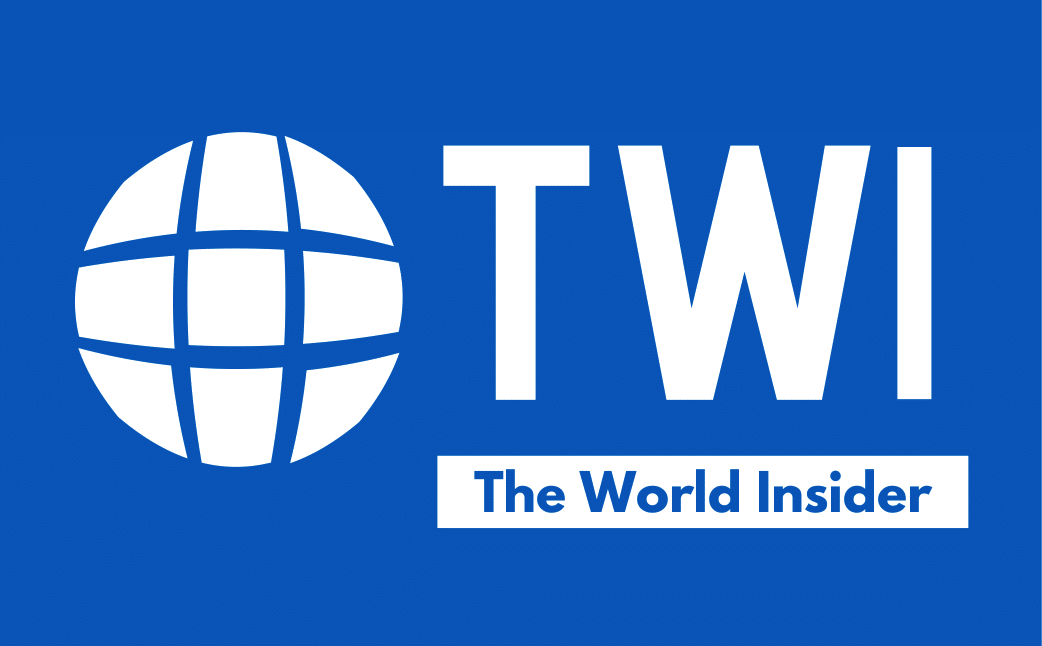A four-member SpaceX Crew Dragon team, including a Russian cosmonaut and the first Native American woman sent to orbit, safely docked with the International Space Station (ISS) to begin a five-month science mission.
It was the first time in 20 years that a Russian hitched a ride from NASA’s Kennedy Space Center, the result of a new cooperation despite friction over the war in Ukraine.
SpaceX successfully launched another batch of astronauts to the International Space Station Wednesday, part of an ongoing astronaut transportation contract with NASA.
The Crew-5 mission took off from launch pad 39A at Kennedy Space Center at noon. The crew of four includes American astronauts Nicole Mann, mission commander, and Josh Cassada, mission pilot; JAXA astronaut Koichi Wakata, mission specialist; and Russian cosmonaut Anna Kikina, mission specialist. Mann and her crew will replace three Americans and one Italian who will return in their own SpaceX capsule next week after almost half a year up there.
Crew-5 marks the first spaceflight for Mann, Cassada, and Kikina, and the fifth for Wakata. Mann has become the first Native American woman in space. “I am very proud to represent Native Americans and my heritage,” Mann said. “I think it’s important to celebrate our diversity and also realize how important it is when we collaborate and unite, the incredible accomplishments that we can have.”
Crew-5 will spend several months aboard the space station conducting new scientific research in areas, such as cardiovascular health, bioprinting, and fluid behavior in microgravity to prepare for human exploration beyond low-Earth orbit and to benefit life on Earth.
“Missions like Crew-5 are proof we are living through a golden era of commercial space exploration. It’s a new era powered by the spirit of partnership, fueled by scientific ingenuity, and inspired by the quest for new discoveries,” said NASA Administrator Bill Nelson.
“During their stay aboard the International Space Station, Crew-5 will conduct more than 200 science experiments and technology demonstrations, including studies on printing human organs in space and better understanding heart disease. While our eyes are focused upward on the heavens, let us never forget these missions will also better life here on Earth,” he added.




